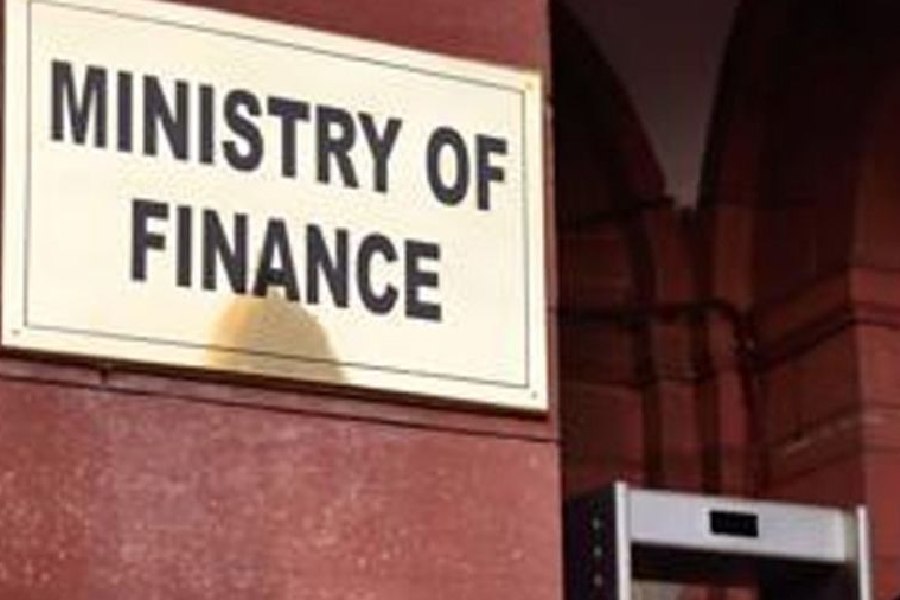The finance ministry on Friday asked heads of public sector banks to monitor and review the top 20 Insolvency and Bankruptcy Code cases as part of their bad assets management.
During a meeting with managing directors and CEOs of public sector banks (PSBs), financial services secretary Vivek Joshi asked them to review the top 20 cases monthly for their resolution.
Besides, he also asked them to monitor cases long pending for admission and resolution under the Insolvency and Bankruptcy Code (IBC).
The meeting also reviewed the working of the National Asset Reconstruction Company Limited (NARCL).
Going forward, the finance minister would also review the functioning of banks on various aspects.
NARCL, a government entity, was incorporated in 2021 with a majority stake held by public sector banks and the balance by private banks with Canara Bank being the sponsor bank.
It is registered with the Reserve Bank of India as
an Asset Reconstruction Company under the Securitisation and Reconstruction of
Financial Assets and Enforcement of Security Interest Act, 2002.
The cabinet in 2021 cleared a proposal to provide a government guarantee worth Rs 30,600 crore to security receipts issued by NARCL.
According to the provision, NARCL would pay up to 15 per cent of the agreed value for the bad loans in cash and the remaining 85 per cent would be government-guaranteed security receipts.
Finance minister Nirmala Sitharaman in her Budget 2021-22 speech announced that the government intends to set up a bad bank as part of the resolution of bad loans worth about Rs 2 lakh crore in the banking system.










